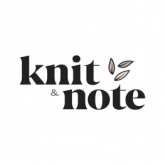Knitting your own headband is not only a fun and relaxing hobby, but it also allows you to create unique and personalized accessories. When it gets colder outside, we need to start thinking about winter accessories. A knitted headband is the perfect way of keeping warm, while looking cute and stylish. It is also a quick and easy project which is great for beginners. In this guide, we’ll take you through everything you need to know about how to knit a headband, including essential techniques, and provide you with inspiration through three easy patterns you can try.
See our webshop for everything you’ll need for your next knitting project!
Headband Knitting Pattern
When starting with a headband knitting pattern, it’s essential to choose one that matches your skill level and desired style. A simple headband pattern can be completed quickly and makes a great project for beginners. Here are some things to consider:
Materials needed for knitting a headband
Yarn:
Choose a medium-weight yarn for a cozy feel, or chunky yarn for extra warmth. Some popular choices include merino wool, cotton blends, or acrylic yarns depending on the season and desired texture. Remember that this will be around your head, so try to avoid itchy yarn if possible.
Needles:
A pair of knitting needles that match the yarn weight, typically US size 8 (5mm) for medium-weight yarn. Circular needles can also be used for seamless knitting.
Accessories:
Scissors, tapestry needle, and a cable needle if you are attempting a more complex pattern. Stitch markers can also be helpful for keeping track of pattern repeats or specific stitch counts.
How to Knit a Headband
Learning how to knit a headband involves mastering a few basic techniques. Even if you’re new to knitting, you can create beautiful headbands with just a bit of practice. To successfully knit a headband, you need to be familiar with a few key techniques:
Choosing Your Yarn and Needles:
The type of yarn and needle size you choose will affect the final texture and stretch of your headband. For beginners, medium-weight yarn and size 8 needles are recommended. However, for a chunkier and warmer headband, you might opt for bulky yarn and larger needles, such as size 10 (6mm).
Casting On:
This is the foundation of your knitting project. There are various methods, but the long-tail cast-on is a popular choice for its elasticity. It creates a neat edge and is relatively easy to learn.
Knit and Purl Stitches:
The most basic stitches you’ll need are the knit stitch and the purl stitch. The combination of these stitches can create different patterns and textures. The knit stitch forms the basis of most knitting patterns, while the purl stitch is essentially the reverse of the knit stitch, allowing for different textures and designs. For instance, garter stitch (knitting every row) produces a squishy and stretchy fabric, while ribbing (alternating knit and purl stitches) provides elasticity.
Binding Off:
This final step secures your stitches and finishes your project. The standard bind-off method is straightforward and provides a neat edge. Make sure to bind off loosely to maintain the elasticity of the headband.
Weaving in ends:
Use a tapestry needle to join the ends of your headband, ensuring a neat and secure finish. Seaming techniques include the mattress stitch, which creates an invisible seam.
Headband ear warmer
A headband ear warmer is a practical accessory, especially during the colder months. It covers your ears and provides warmth while allowing your head to breathe. Here are some features to look for in a headband ear warmer pattern
Chunky Yarn:
For extra warmth and a cozy feel, opt for chunky yarn. This type of yarn is thicker, creating a denser fabric that traps heat effectively.
Ribbed Patterns:
Knit 2, Purl 2 patterns create a stretchy, snug fit that is perfect for ear warmers. Ribbing adds elasticity, making the headband fit comfortably without being too tight.
Width:
Ensure the headband is wide enough to cover your ears completely for maximum warmth. A wider headband provides better coverage and insulation against the cold.
Double Layers:
Some patterns include instructions for knitting a double-layered headband, which adds extra warmth and insulation. This can be achieved by knitting a long tube and folding it over, then sewing the ends together.
Knitting headband pattern
For those looking to add a bit more style and complexity, consider exploring patterns that incorporate cables, lace, or other intricate designs. Here are some ideas:
Cable Knit Headbands
These headbands feature beautiful braided or twisted designs that add texture and interest. Cable knitting involves crossing groups of stitches over each other to create the appearance of twisted ropes or braids. Here are a few things to keep in mind if you’re going to cable knit:
Cable Techniques:
Basic cables involve crossing two groups of stitches, but you can create more complex patterns with larger groups and multiple crossings.
Cable Needles:
These small, curved needles hold stitches temporarily while you knit the crossing stitches, ensuring that your cables are neat and even.
Twisted or Turban Style headbands
These headbands add a modern twist to the traditional headband, creating a stylish accessory. The twist or knot in the center gives the headband a unique and fashionable look. Here are some reasons hwy a turban style headband is a great option:
Comfort:
This style is also very comfortable to wear, as it sits snugly without pressing too hard against the forehead.
Construction:
Turban-style headbands are typically knit as a long rectangle and then twisted or folded before sewing the ends together.
Versatility:
This style can be adjusted for different widths and textures, making it a versatile option for various looks.
Fashion Statement:
The twist or knot in the center makes this headband a statement piece that can elevate any outfit.
Pattern Inspiration
If you’re looking to knit a headband and you’re looking for some pattern ideas, here are three inspiring headband patterns that you can try. They are all available in the Knit&Note pattern library:
Shine headband
Shine Headband has a timeless and classic design. The headband is knitted double, providing excellent warmth around the ears. We absolutely love this twisted headband and think it’s the perfect winter accessory.
Yarn: Jord Clothing Green Cashmere
Yarn weight: Sport weight
Needle size: 3mm / US 2.5 DPNs
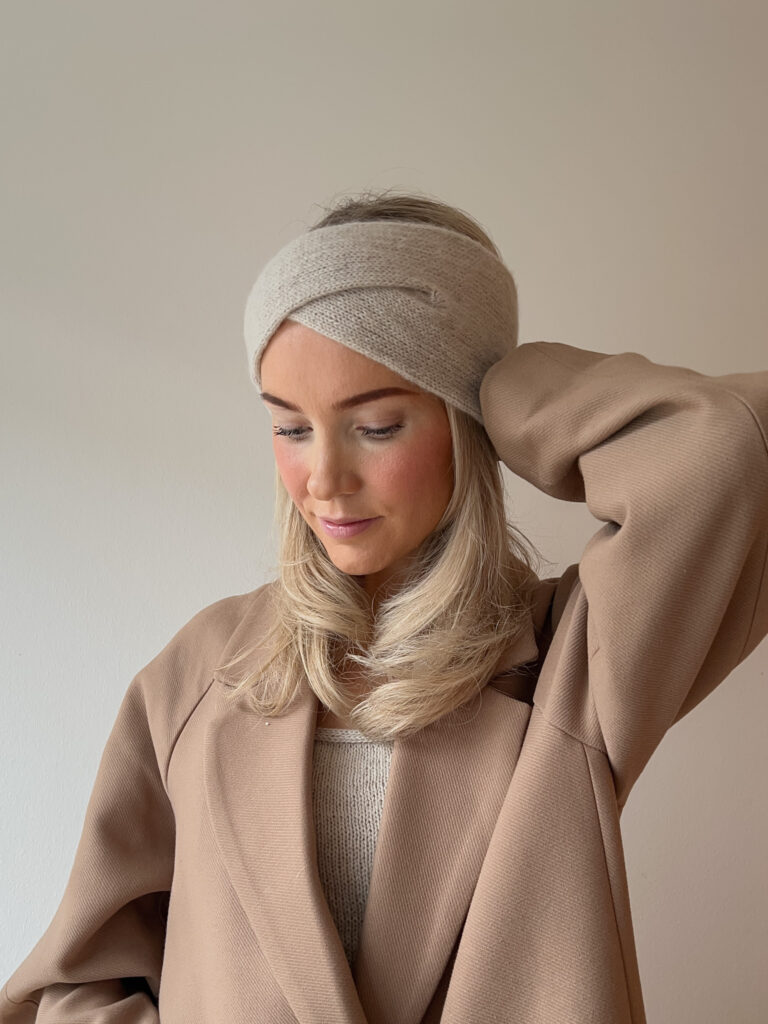
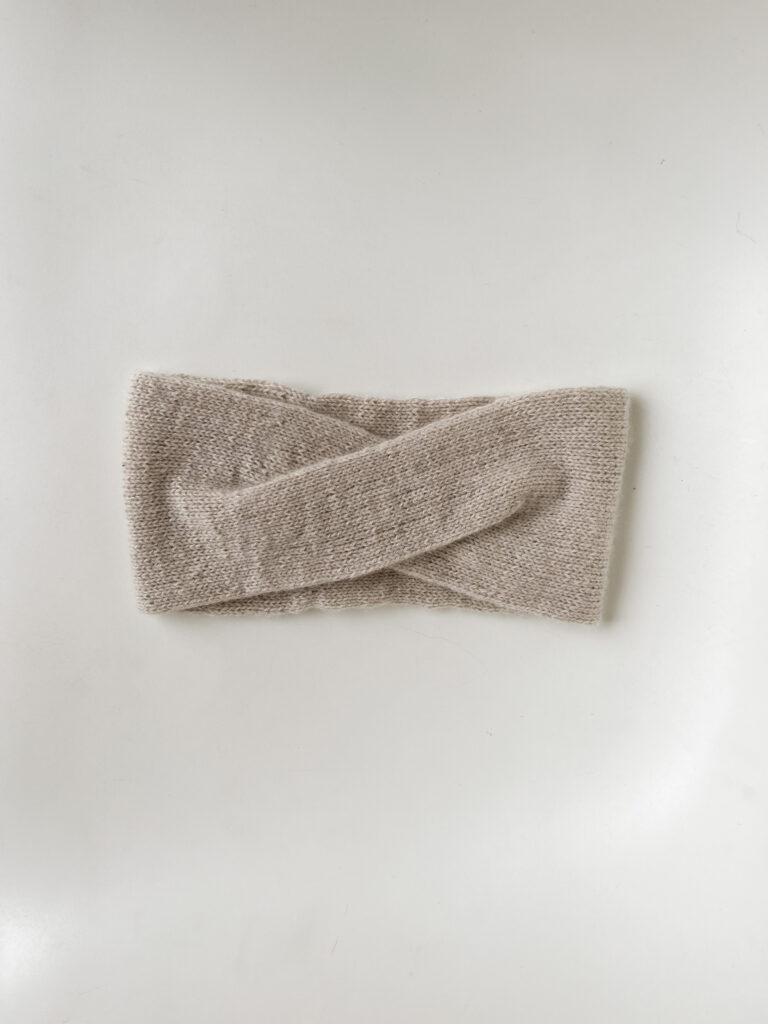
Høstkrans headband
A soft and cozy headband for warmth. It is knitted in a simple cable structure that appears as a lace-like pattern. The headband has a twist in the front, illustrated with pictures in the pattern. Both children and adults can match with this headband! How elegant and pretty is this headband, we love the lace detailing.
Yarn: Sandnes Garn Alpakka Silke held together with Sandnes Garn Tynn Silk Mohair
Yarn weight: Fingering
Needle size: 4.5 mm / US 7
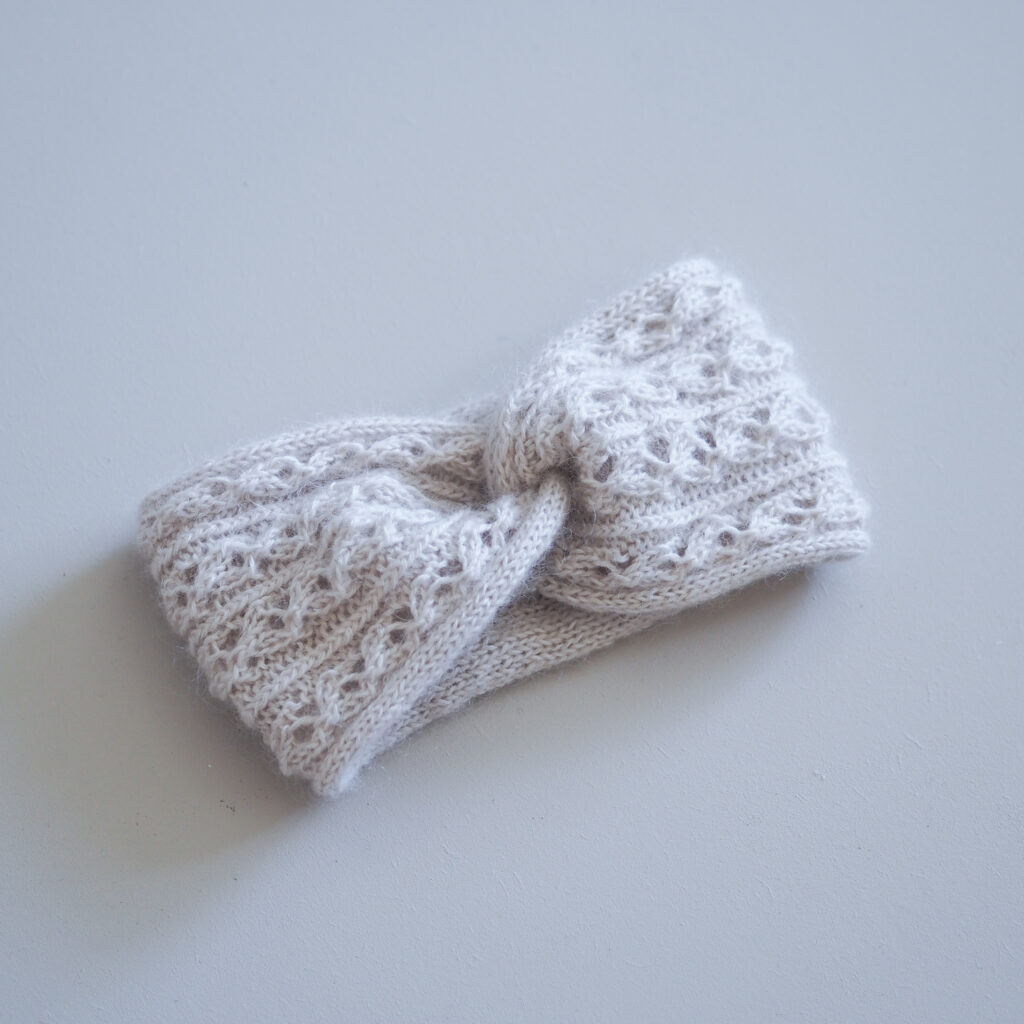
Honey twisted headband
HoneyTwistHeadband is a feminine headband. The headband is worked by diagram to desired length, and is sewn together with a “twist”. It is the perfect scrap yarn project, and can be worked with a lot of different yarn combinations. This unique and elegant headband is a great winter wardrobe addition.
Yarn: Filcolana Tilia held together with Filcolana Saga
Yarn weight: Lace weight
Needle size: 5.0 mm / US 8
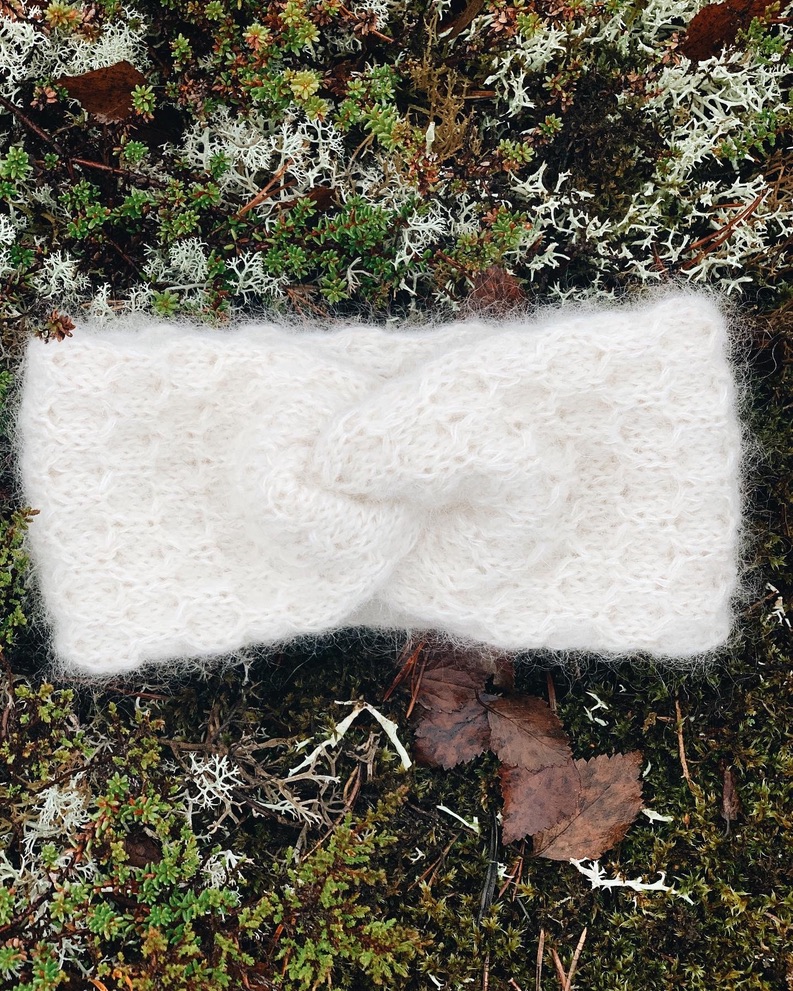
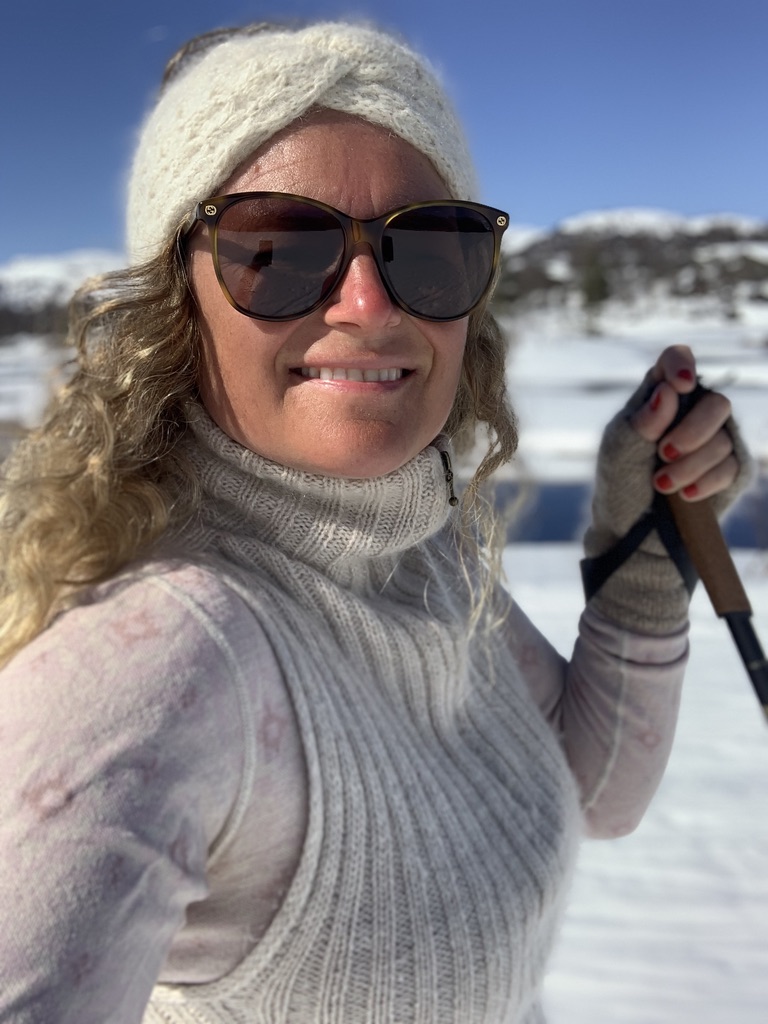
Tips for Choosing the Right Headband Pattern
When selecting a headband pattern, consider the following tips to ensure you choose the right one for your needs and skill level:
Skill Level: Choose a pattern that matches your current knitting skills. Beginners should start with simple patterns, such as garter or ribbed stitches, before moving on to more complex designs like cables or lace.
Yarn Choice:Consider the season and intended use of the headband. For winter, choose warm and cozy yarns like wool. For summer, opt for lighter materials like cotton or linen.
Width and Fit: Ensure the headband pattern provides enough width to cover your ears if warmth is a priority. Check the pattern’s measurements and gauge to ensure a good fit.
Pattern Instructions: Look for patterns with clear and detailed instructions, especially if you are a beginner. Diagrams and videos can also be very helpful.
Customization: Choose patterns that allow for customization in size, width, and design elements. This way, you can create a headband that perfectly suits your style and needs.
Popular Headband Patterns
Exploring popular headband patterns can provide additional inspiration and ideas for your next project. Here are some trending headband styles:
Chunky Knit Headbands
Chunky knit headbands are all the rage, providing both warmth and a bold fashion statement. These headbands are typically made with bulky yarn and large needles, resulting in a quick and satisfying project.
Cozy and Warm:
Perfect for cold weather, chunky knit headbands offer excellent insulation.
Quick Projects:
Due to the large yarn and needles, these headbands can be knit up in just a few hours, making them great for last-minute gifts.
Statement Piece:
The thick texture and bold stitches make chunky knit headbands a standout accessory.
Colorwork Headbands
Colorwork headbands incorporate multiple colors of yarn to create vibrant and intricate patterns. Techniques like Fair Isle or intarsia can be used to add color and interest.
Creative Expression:
Colorwork allows for endless creativity and personalization. You can choose colors that match your wardrobe or go for a bold contrast.
Skill Development:
Learning colorwork techniques can enhance your knitting skills and add variety to your projects.
Unique Designs:
From geometric patterns to floral motifs, colorwork headbands can feature a wide range of designs.
Textured Headbands
Textured headbands use a variety of stitch patterns to create interesting and tactile surfaces. Examples include seed stitch, basketweave, and moss stitch. Tutorial for how to knit the moss stitch is available in the Knit&Note app!
Visual Interest:
Textured stitches add depth and dimension to the headband, making it visually appealing.
Tactile Delight:
The different textures can create a pleasant feel, adding to the headband’s comfort and appeal.
Versatility:
Textured patterns can be adapted to various yarn types and thicknesses, allowing for a wide range of looks and feels.
By exploring these patterns and mastering the essential knitting techniques, you can create beautiful, handmade headbands that are both functional and fashionable. Whether you’re looking for a simple ear warmer or a stylish turban twist, there’s a pattern out there for everyone. Knitting headbands is a rewarding hobby that allows for endless creativity and personalization. Also, be sure to check out our Knit&Note app!
Happy knitting!
